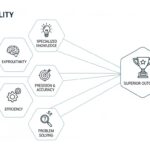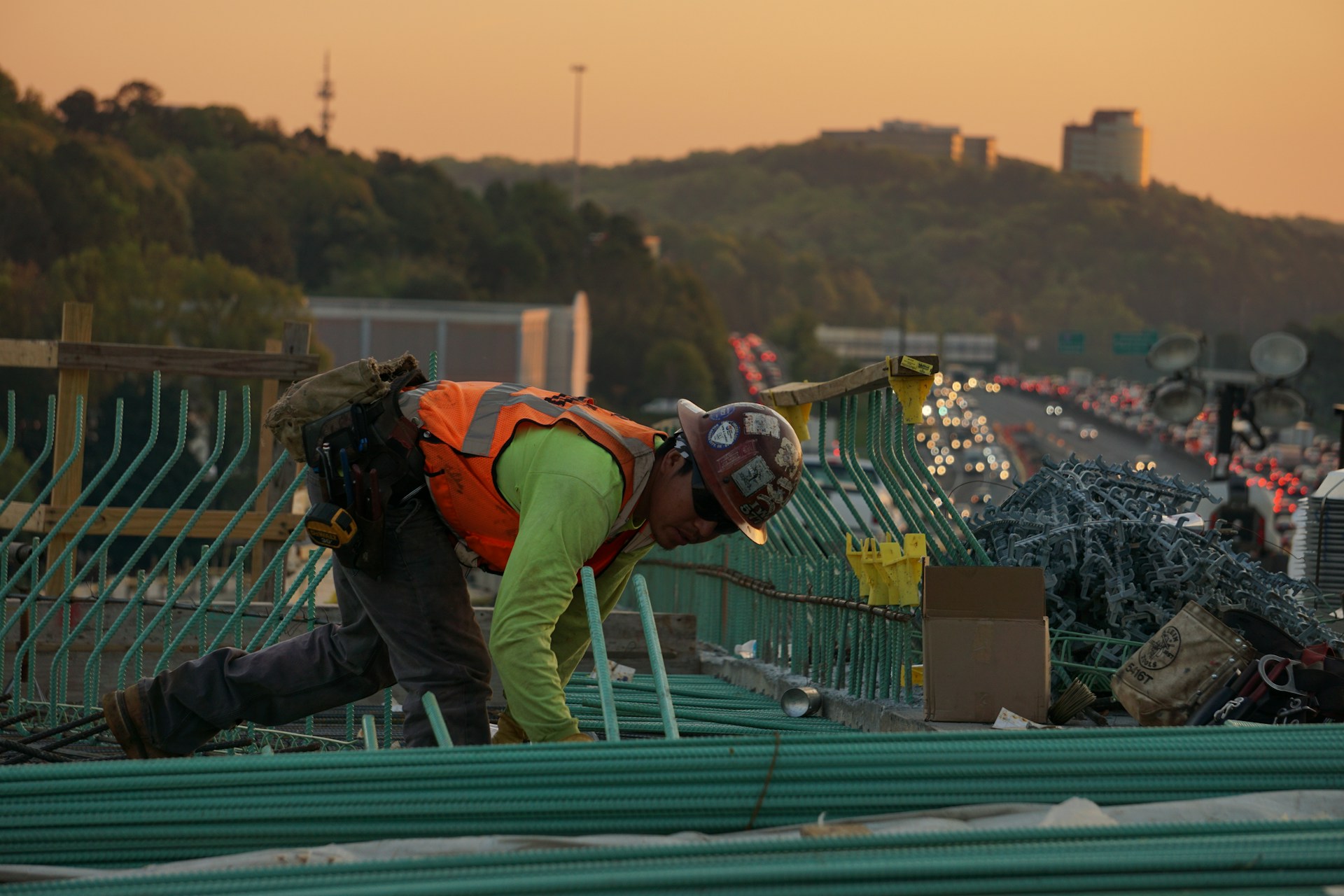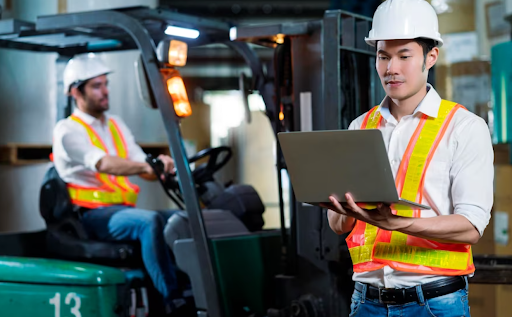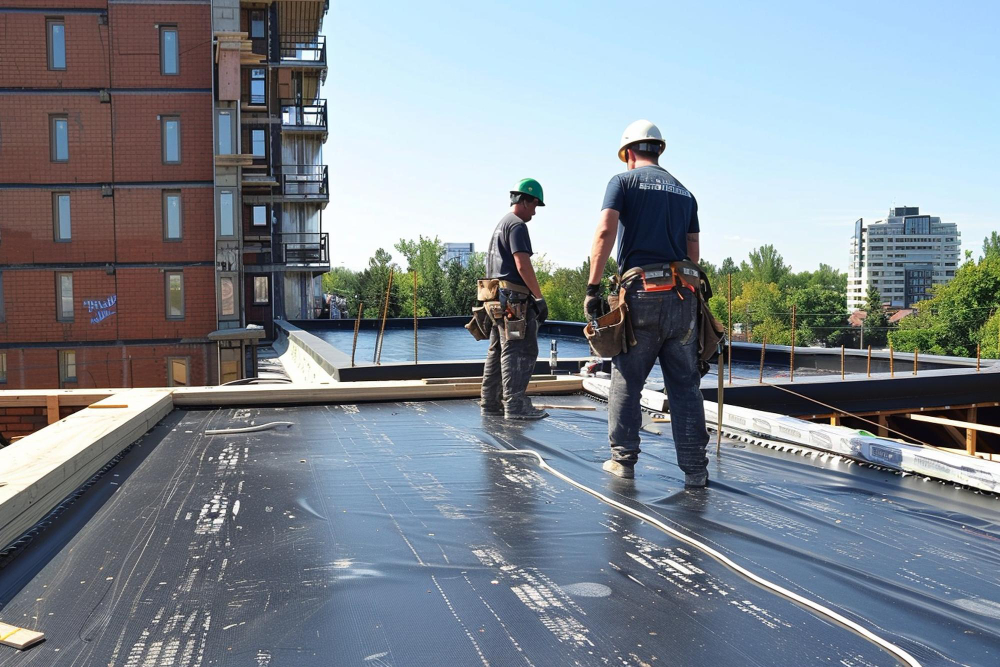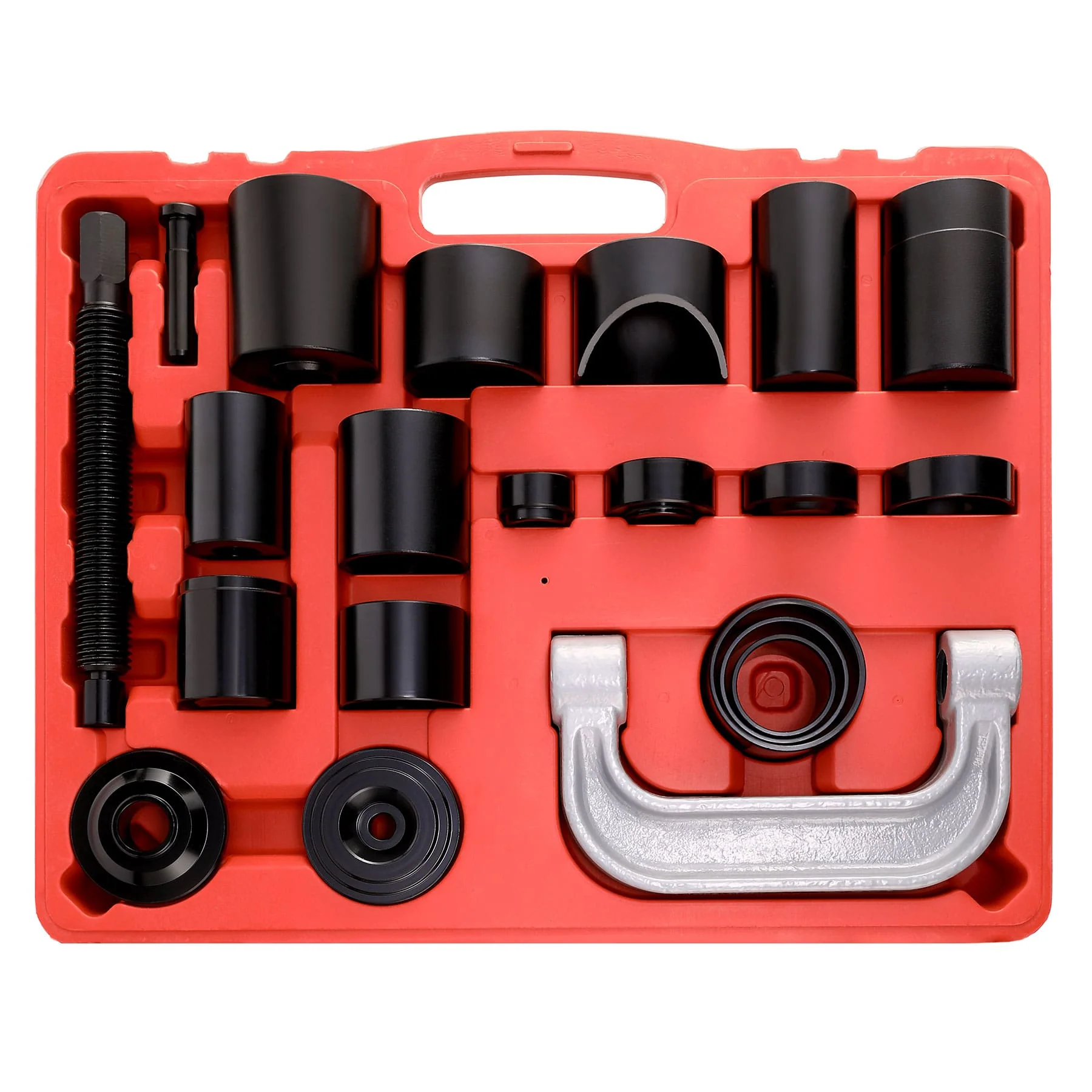Getting hurt on the job is no joke. But it’s more than a possibility for millions of Americans pulling dangerous shifts.
For instance, we continue to send workers into hazardous workplaces, where more than 5,400 people died onsite in 2021, a number that’s almost 6 percent greater than the previous year. We could stand to improve.
In this post, we will discuss some of the biggest risks for workers in the hazardous industry and look at what can help prevent accidents and injuries.
Construction
For construction workers, their job is a precarious business. According to OSHA, 1008 construction workers died on site in 2021—more deaths than any other industry.
Falling is the #1 killer in construction, causing over a third of fatalities. People working up high on ladders, scaffolds, and rooftops are at significant risk of getting nasty spills. Getting smushed by heavy machinery or stuff falling on you is another hazard.
Construction zones are filled with danger—unsafe trenches, holes in the ground, and live wires just waiting to zap you.
Some other common construction injuries include:
- Slicing yourself on tools, blades, pointy things
- Burns from flammable stuff, chemicals, heat sources
- Taking debris to the eyeballs
- Strains and sprains from overdoing it and lifting incorrectly
To stay safe, construction workers must always wear the right personal protective equipment (PPE). This includes hard hats, safety goggles, reflective vests, gloves, and steel-toe boots.
No exceptions! Clipping into harnesses and guardrails is so essential when working in the air. Keeping walkways tidy and cleaning spills as soon as possible can also prevent slips.
Manufacturing
Accidents with heavy machinery are way too common. Workers can get mangled in equipment with unguarded parts or just get squashed by malfunctioning machines. Even experienced folks can get complacent and ignore safety rules.
Manufacturing dangers also include:
- Losing your hearing from so much loud noise
- Lung damage from breathing weird fumes and particulate matter
- Chemical and hot metal burns
- Overuse injuries from repetitive tasks
To stay safe around machines, manufacturers must provide proper guarding and emergency shut-off switches. Workers should never tamper with safety equipment.
Protective gear, such as soundproof earmuffs, respirators, safe clothing, and goggles, helps minimize risks. Reporting issues immediately is key to fixing problems.
Transportation
For truckers, tired or distracted driving leads to thousands of deadly wrecks every year. Loading cargo, climbing into tall truck cabs, and moving in bad weather are all tricky and dangerous tasks.
Delivery people deal with careless drivers, aggressive pups, heavy boxes, and other strains. Bus drivers and train conductors risk assaults from unruly passengers and catching diseases.
Some tips for transportation folks to stay safe:
- Follow Hours of Service rules to avoid tired driving
- Secure cargo good to stop shifting loads
- Wear shoes with traction to avoid falls
- Speak up about sketchy vehicles and bad road conditions
- Take enough breaks on long hauls
Agriculture
Farms may look cute and pastoral, but they’re also filled with risks. Tractors and farming equipment cause a huge number of accidents—rollovers, workers getting run over, and tangles.
Livestock like horses, cows, and swine also cause injuries from kicking, biting, scratching, not to mention getting crushed.
Falling off ladders and buildings is another problem.
Other farming dangers are:
- Getting trapped and suffocated in grain silos and manure pits
- Exposure to toxic chemicals, dust, bacteria
- Going deaf and lung damage from noisy, dusty conditions
- Skin damage from sun and chemicals
- Overuse injuries
Safer equipment, fewer hours operating heavy machinery, and less toxic substances can better protect farmworkers. Proper PPE when using chemicals or equipment is a must.
Firefighting
Firefighters regularly risk everything to save others, rushing into burning buildings filled with flames and smoke. The extreme environments they work in make their jobs extremely hazardous.
Many suffered sudden heart attacks or crashed responding to calls. But firefighters also deal with other dangers:
- Burns from intense heat exposure
- Lung damage from breathing in smoke and fumes
- Head injuries from crumbling debris and structures
- Hearing loss from blaring sirens and aircraft
- Exposure to toxic chemicals released by fires
- Exhaustion and heat stroke
Firefighters should never work alone in hazardous areas—OSHA’s “2 in, 2 out” rule is there for a reason. SCBAs (self-contained breathing masks) provide clean air inside smoke-filled buildings.
Special thermal-resistant gear, helmets, and training help minimize risks too. However, more work is still needed to protect firefighters from exposure to dangerous chemicals found in firefighting foam and associated health issues.
Mining
Cave-ins, explosions from methane or coal dust, and exposure to toxic materials—miners have always faced many risks on the job.
Though safety rules have improved over the years, the threat remains. Some of the worst mining hazards are:
- Unsafe air quality from lack of oxygen or toxic/explosive gasses
- Mine collapses from structural issues and earthquakes
- Lung damage from particulate matter, silica, and diesel fumes
- Going deaf from ridiculously loud equipment
- Getting mowed down by heavy mobile machinery in tight tunnels
- Falling equipment, tools, rocks, debris
- Electrocution from exposed wires
Proper ventilation, well-maintained equipment, enough structural supports, and emergency shelters can improve safety in mines.
Miners must also wear protective gear and have proper visibility. Regular safety training and practice evacuations are key.
Healthcare
You’d think hospitals and clinics would be safe, but healthcare workers get injured a lot too—moving patients, infectious diseases, workplace violence, and understaffing are all sources of strain.
Some common healthcare safety issues:
- Needlestick injuries exposing workers to HIV, hepatitis
- Slipping on slick floors
- Assaults by rowdy patients
- Exposure to hazardous meds, anesthesia gasses, sterilizing chemicals
- Back strains from moving patients
- Radiation exposure from X-rays and medical imaging
Safety gear like sharps containers, patient lifts, workplace violence training, and ventilation make healthcare safer. Speaking up about unsafe conditions empowers hospital workers to get issues fixed promptly.
Final Thoughts
Work always has some risks, but it doesn’t need to be dangerous. Construction workers, manufacturers, transportation crews, firefighters, and healthcare workers all face hazards that too often turn fatal.
Though industries have tried improving safety, every accident is still one too many. To really build a strong culture of safety at work, bosses and staff must work together.
That means speaking up about concerns, following safety rules, and watching each other’s backs.


